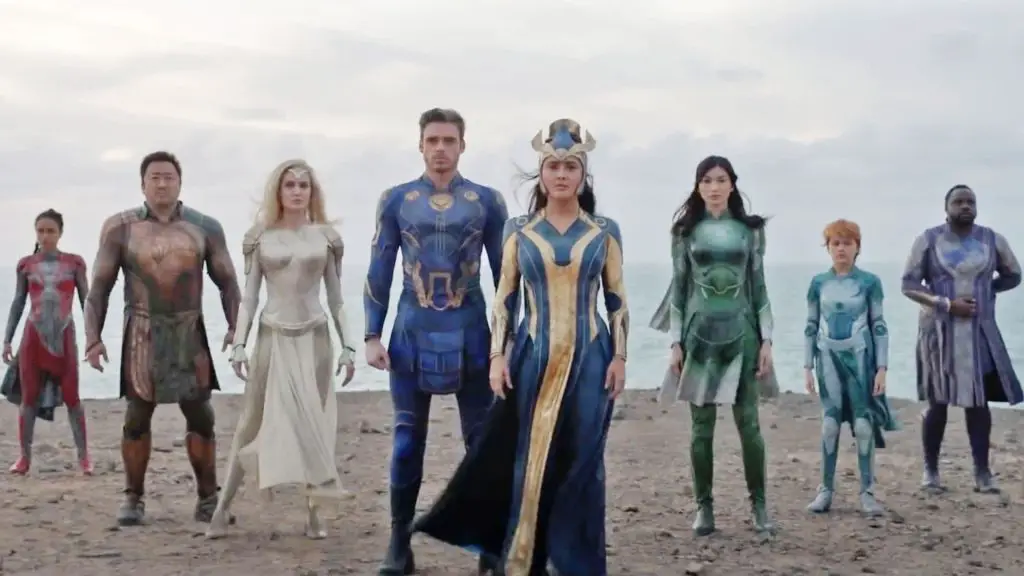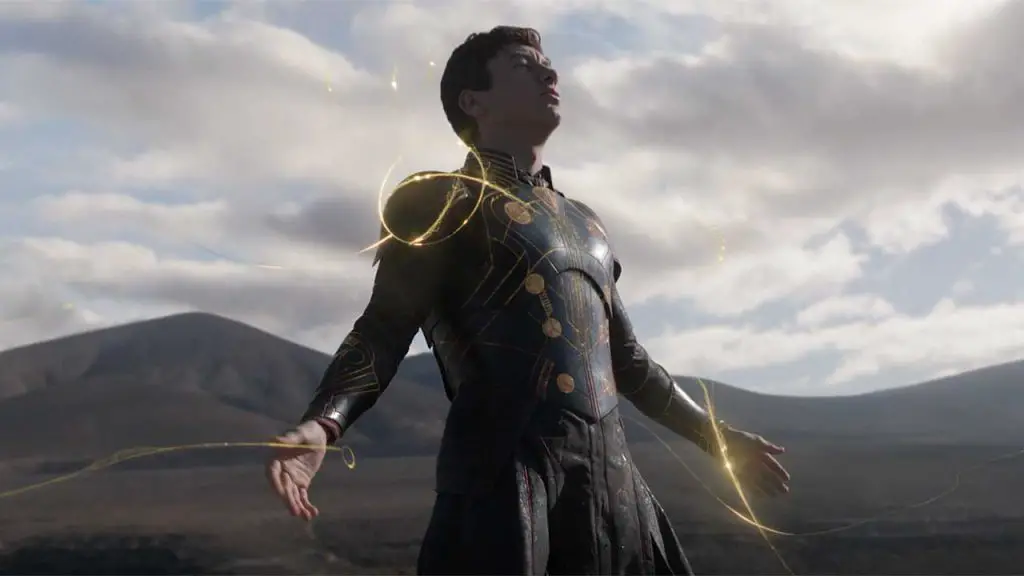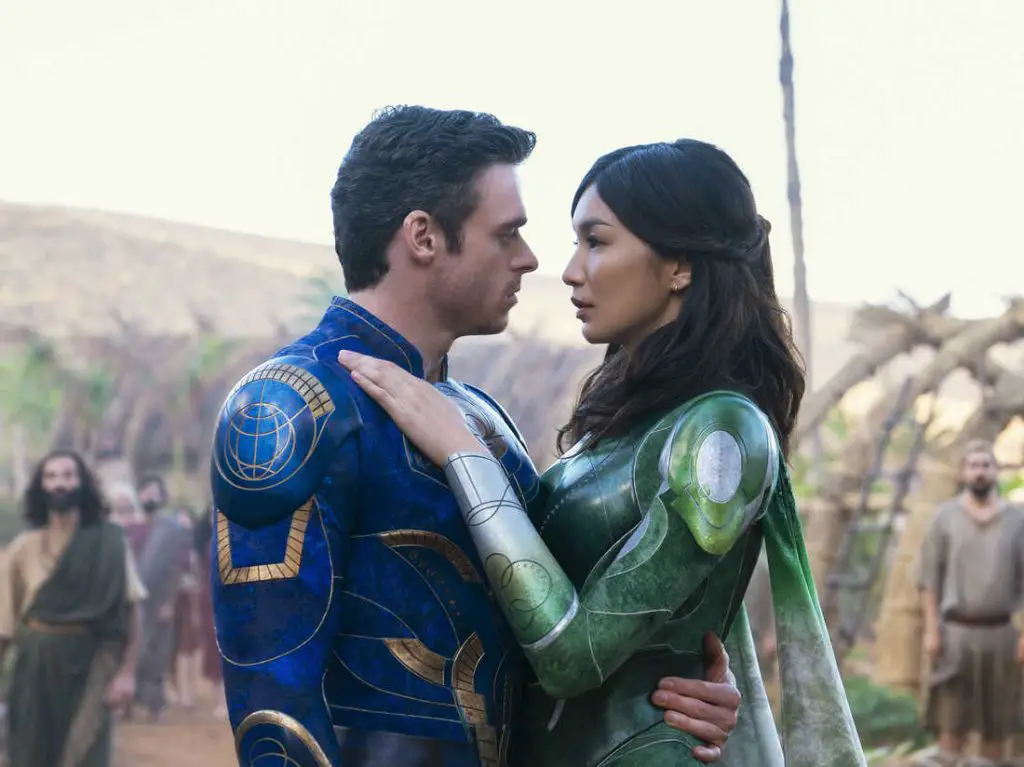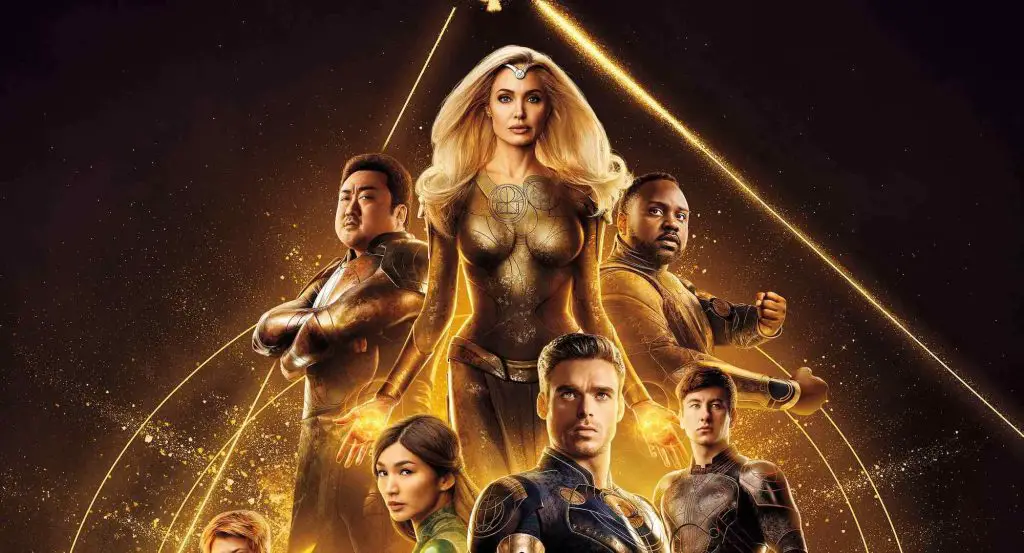Unquestionably, the Marvel Cinematic Universe (MCU) has etched its name in gold within the corridors of the film industry since it first graced our screens in 2008 with Iron Man’s captivating tale. The MCU’s growth trajectory has been spectacular, morphing from a small group of superheroes to a sprawling and interconnected cosmos of films, TV series, and other diverse forms of media. From the formative days of Phase 1, when we primarily saw the trio of Thor, Iron Man, and Captain America, we’ve now ventured into Phase 5, which boasts an array of unique characters ranging from the gutsy Guardians of the Galaxy to the enigmatic Eternals.
The introduction of the Eternals into the MCU fabric triggered a wave of excitement among fans who were keen to see another revered Marvel superhero team grace the big screen. This excitement was stoked by the movie’s accomplished director, the Oscar-winning Chloé Zhao, and its star-studded cast which included big names like Angelina Jolie and Salma Hayek. However, following the end of the Infinity Saga, Eternals emerged as one of the most eagerly awaited films. Yet, a school of thought suggests that the Eternals might have resonated better with audiences as a Disney+ series than as a standalone film. Here’s an exploration into this perspective.
Familiarity Factor

One of the primary hurdles encountered in bringing the Eternals to the big screen was their relative obscurity among the general populace. While the MCU has successfully popularized previously unfamiliar characters, like the Guardians of the Galaxy, these characters made their debut in movies before receiving their standalone series. In contrast, the Eternals were introduced to the audience for the first time through their standalone film. This necessitated a significant amount of exposition within a limited time frame to establish the characters, their superpowers, and their backstory. Such an approach may have proven daunting and perplexing for audiences lacking familiarity with the Marvel Comics source material.
Conversely, presenting the Eternals via a Disney+ series would have offered the opportunity for more gradual and in-depth character development. The Disney+ platform has previously succeeded in delving deeper into the narratives of characters that were once mere sidekicks or supporting roles in the films, as seen in WandaVision and The Falcon and The Winter Soldier. Therefore, a similar strategy could have worked for the Eternals, giving the audience a chance to familiarize themselves with these new characters and their story arcs before plunging into a large-scale team-up movie.
Exploring the Ensemble

Another considerable challenge for Eternals was managing its extensive ensemble cast, consisting of ten central characters and numerous supporting roles. In a two-hour movie, it’s a tall order to allocate ample screen time for each character’s development. Conversely, a Disney+ series could have provided a broader canvas for dissecting each character’s backstory, motives, and relationships, giving writers and directors greater narrative freedom.
Moreover, a serialized format would have allowed for more dynamic character growth over time. While a movie might force character development into a limited time frame, a series permits a more gradual, organic evolution of characters across several episodes.
Unpacking the Complex Themes

Eternals brings to the table a myriad of intricate themes like humanity’s essence, life’s purpose, and the concept of destiny. However, doing justice to these complex themes within a two-hour film could prove challenging without overshadowing other story elements. A Disney+ series, in contrast, could offer more scope for these themes’ exploration, letting the writers and directors probe deeper into the narrative’s philosophical layers.
In conclusion, while the Eternals have certainly added a new and thrilling dimension to the MCU, their introduction might have been more effectively handled as a Disney+ series than a standalone film. The combination of the ensemble’s size, the intricate themes woven into the narrative, and the characters’ relative unfamiliarity among general audiences, could have been addressed more aptly in a more extensive format that allowed for deeper exploration and development.


